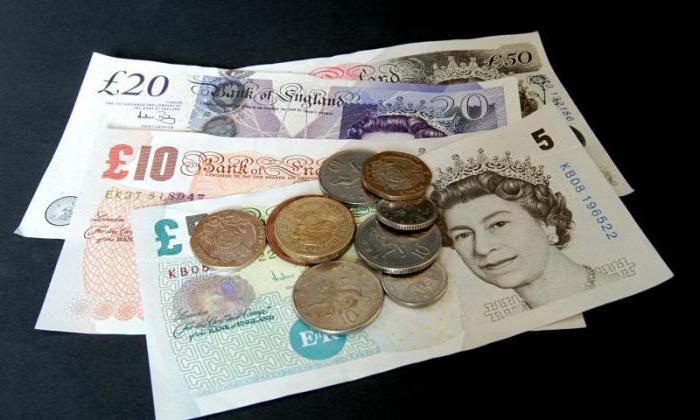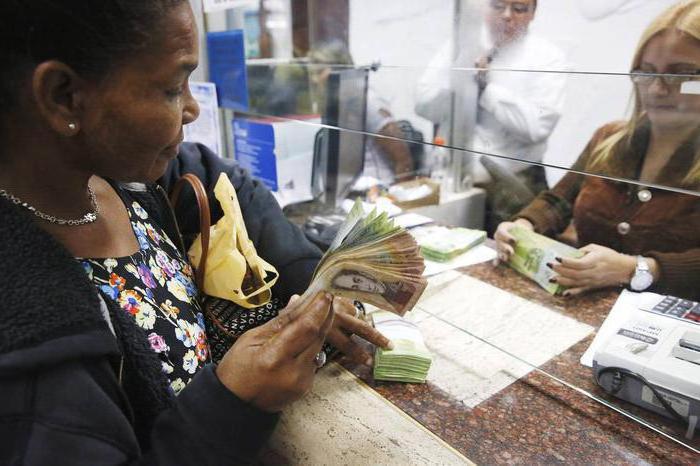Currency of Vietnam
To date, the national Vietnamese currency is dong. At the world

market it is denoted as VND or đ.The cost of one dong is very low and is about 22,000 units for one US dollar. In addition, theoretically, dong is divided into 100 sous or 10 hao, but because of low purchasing power in turnover, they do not occur. Currency of Vietnam -
it is an inconvertible monetary unit,used only within the country and subject to a strong devaluation. In 2007, the Vietnamese government launched the latest reform, under which the dong should become a weakly dollar-dependent convertible currency. However, to date, this reform has a different effect on the situation in the country, continuing the constant trend of devaluation of the national banknote. Currency of Vietnam to the ruble
corresponds to the rate of 1 RUB = 643 VND or 1000 VND =1.6 RUB, with a trend of a constant decline in dong. Although the Russian currency can also demonstrate a devaluation, only, as we all know, loves to do it in a different, sudden way, without indicating any trends.
Cash Vietnam
To date, the Vietnamese mainlyuse paper banknotes. They are distributed throughout the state and are well recognized by the population. On all banknotes, the leader of the Vietnamese socialist revolution, Ho Chi Minh,

and they are issued in nominal value of 100, 200, 500, 1000, 2000, 5000, 10000, 20000, 50000, 100000, 200000 and 500000 dong. The abundance of zeros on banknotes is explained by the fact that the currency of Vietnam
very weak in its purchasing power.In addition, you can use plastic cards Visa, MasterCard and American Express, but the number of ATMs and payment terminals in the country is very limited. In Vietnam, it is best to come with cash on hand.
History of Vietnamese Money
The modern currency of Vietnam is called the "New Vietnamese Dong".The word "dong" in literal translation means copper or bronze. Ancient Vietnamese used these materials as exchange units, and this became associated with modern Vietnamese people with money. Dong they now call any other currency. For example, a ruble or a dollar for Vietnamese is also called "dong", only with prefixes that denote a monetary

belonging to a particular state("Rupee" or "do_la"). His new history of Vietnamese dong began in 1946, in the northern part of the country. South Vietnam, since it was part of the colony, even before 1952 used the piastre of French Indochina. The history of this state in the 20th century was filled with a large number of wars for independence from the influence of various empires, who all the time divided Vietnam into two parts, north and south. Also in the last century, the history of its currency was divided, before the unification of the state in 1975. But even after the victory of Vietnam and the right to be an integral nation in a single state in the southeast of Asia, he had a large number of enemies who tried to weaken the country all the time, than they avenged their defeat. Which, in turn, explains his weak economic position and low exchange rate of dong.















